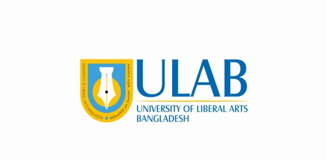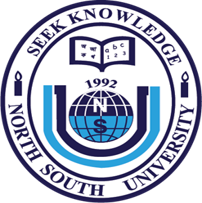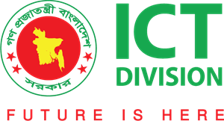AI Reception
Human-Robot Interaction in Bengali Language for Better Customer Satisfaction


Bangladesh is a developing country with a lot of potential. Even though Bangladesh has a lot of complications like overpopulation, the government is working hard to resolve these issues and continue the development process. By integrating technology into different sectors, the government has gained enormous success. To contribute in the digitizing movement of the Government of Bangladesh, an artificial intelligence based system is proposed. The overall objective of this system is to design and develop an Artificial Intelligence based system which can interact with the target audience in banks, universities and hospitals and answer their queries and questions where the main medium of communication is Bengali language. For effective human machine interaction, the system will be presented in a controlled environment with an interface that would ideally put the human subject at ease and facilitate better service.
Video
Specifications
- Detect and recognize distinct faces, remembering past facial features for future references.
- Interpret user commands or queries in Bengali using a speech recognition system.
- Generate responses in human voice using Text-to-Speech (TTS) synthesis in Bengali.
- Interpret unstructured natural language data, which is challenging for machines.
- Operate in Bengali for both speech recognition and synthesis.
Diagrams
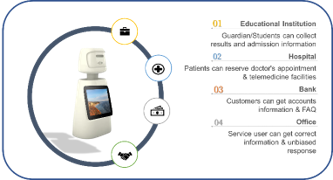
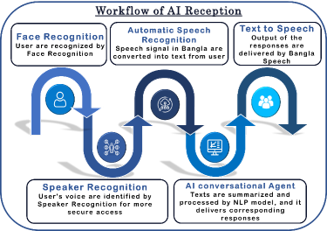
Publications
S. I. Pranto et al., "AIMS TALK: Intelligent Call Center Support in Bangla Language with Speaker Authentication," 2021 Emerging Technology in Computing, Communication and Electronics (ETCCE), Dhaka, Bangladesh, 2021, pp. 1-6, doi: 10.1109/ETCCE54784.2021.9689831 Published in: 2021 Emerging Technology in Computing, Communication and Electronics (ETCCE) Date of Conference: 21-23 December 2021 Date Added to IEEE Xplore: 26 January 2022 DOI: 10.1109/ETCCE54784.2021.9689831 Publisher: IEEE Conference Location: Dhaka, Bangladesh
Abstract
Call support centers operate over the telephone, connecting customers and receptionists to ensure customer satisfaction by solving their problems. Due to pandemics, customer call support centers have become a popular way of communication that has been used in different domains such as e-commerce, hospitals, banks, credit card support, government offices. Moreover, humans’ limitations to serve 24 hours a day and the fluctuation of waiting time makes it more challenging to satisfy all the customers over call centers. So, customer service needs to be automated to handle customers by providing a domain-based response in the native language, especially in a developing country like Bangladesh, where call support centers are increasing. Although most people use the Bangla language to communicate, little work has been done in customer care automation in the native language. Our developed architecture, “AIMS TALK” can respond to that customer’s need by recognizing users’ voices, specifying customers’ problems in the standardized Bangla language, collecting customers’ responses to the database to give feedback according to the queries. Besides, the system uses MFCC feature extraction for speaker recognition with an average accuracy of 94.38% on 42 people in real-time testing, an RNN-based model for Bangla Automatic Speech Recognition (ASR) with a word error rate (WER) of 42.15%, and sentence summarization we used Sentence similarity measurement technique having an average loss of 0.004. Lastly, we used gTTS that works as Text to Speech Synthesis for the Bangla language in WavNet architecture.
Rahad Arman Nabid, Shehan Irteza Pranto, Nabeel Mohammed, Farhana Sarker, Mohammad Nurul Huda, and Khondaker A. Mamun. “AI Reception: An Intelligent Bengali Receptionist System Integrating with Face, Speech, and Interaction Recognition” In 2021 Int’l Conference on Bangabandhu and Digital Bangladesh (ICBBDB), 03-04 December 2021. (Accepted)
Shehan Irteza Pranto, Rahad Arman Nabid, Ahnaf Mozib Samin, Nabeel Mohammed Farhana Sarker, Mohammad Nurul Huda, and Khondaker A. Mamun. “HumanRobot Interaction in Bengali language for Healthcare Automation integrated with Speaker Recognition and Artificial Conversational Agent” In 2021 3rd International Conference on Electrical and Electronic Engineering (ICEEE), IEEE, 22-24 December 2021.(Manuscript Submitted)
Shehan Irteza Pranto, Rahad Arman Nabid , Ahnaf Mozib Samin , Nabeel Mohammed, Farhana Sarker , Mohammad Nurul Huda, and Khondaker A. Mamun. “Intelligent Call Center Support integrating with Speaker and Interaction Recognition using NLP”, In 2nd International Conference on Emerging Technology in Computing, Communication and Electronics (ETCCE 2021), 21-23 December 2022 (Manuscript Submitted)
Partners


